Tiny queens, supergenes, and much more
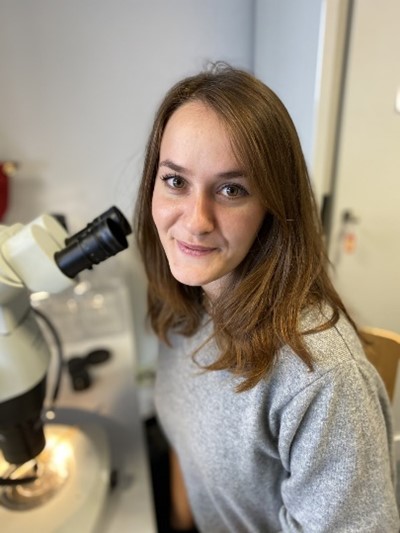
In the paper “Social antagonism facilitates supergene expansion in ants” published in Current Biology, Giulia Scarparo, Marie Palanchon, Alan Brelsford, and Jessica Purcell investigated the genome of Formica ants and discovered a novel supergene variant on chromosome 9 in Formica cinerea. This supergene promotes queen miniaturization and is exclusively found in multi-queen colonies. The authors speculate that it is disfavored in single-queen colonies and thus socially antagonistic. Here, first author Giulia Scarparo highlights the main points and shares some pictures of the field work.

An Interview compiled by Patrick Krapf, Lina Pedraza, and Beatriz Portinha

MNB: Could you tell us a bit about yourself?
GS: I am currently a postdoctoral researcher in Dr. Jessica Purcell’s lab at the University of California Riverside (UCR). My love for research brought me to the US from Italy, where I completed my Ph.D. in September 2020, during the peak of the COVID-19 outbreak. During my graduate studies, my research delved into the complexity of parasitic interactions between ants and myrmecophiles—organisms that depend on ants for at least part of their life cycle. In my postdoctoral role, I transitioned to uncover ant evolution. My focus now involves investigating how supergenes, defined as a group of tightly linked genes inherited as a single unit, underlie complex phenotypic traits associated with ant societies.
MNB: Could you briefly outline the research you recently published in layman’s terms?
GS: For a long time, myrmecologists believed that the number of queens within ant colonies was regulated by environmental factors. However, advancements in molecular techniques have revealed that there are groups of genes in at least five ant genera (Formica, Solenopsis, Pogonomyrmex, Leptothorax, Cataglyphis), known as supergenes, that crucially determine the number of queens within colonies. In most species, there are two supergene variants: one associated with colonies with a single queen (monogyne) and another associated with colonies harboring at least two reproductive queens (polygyne).
Our focal species, Formica cinerea, adds complexity to this pattern with four supergene variants. These not only regulate the number of queens but also influence the production of reproductive individuals (queens and males). Queens with the MD supergene variant produce other queens, while queens without the supergene variant produce males. However, the most intriguing discovery is a novel supergene controlling queen body size, determining whether a queen is large or exceptionally tiny. Tiny queens (microgynes) are 20% smaller than their larger counterparts (macrogynes). In ant societies, queens play a vital role in establishing new colonies and producing offspring. Following mating, a new queen can adopt two alternative strategies: independently initiate a colony by digging an underground chamber and digesting her muscle and fat reserves to rear her first workers, or join an existing colony where workers take care of her and her offspring. Typically, the independent colony foundation strategy results in single-queen colonies, while the dependent colony foundation strategy leads to colonies with at least two or even hundreds of queens. Microgynes are more likely to adopt the latter strategy due to their insufficient fat resources for independent colony establishment. To support this hypothesis, we observed microgyne queens exclusively in colonies with other queens. Although these alternative strategies have been found in other ant species, this is the first report of a genetic basis controlling this extreme variation in queen size.
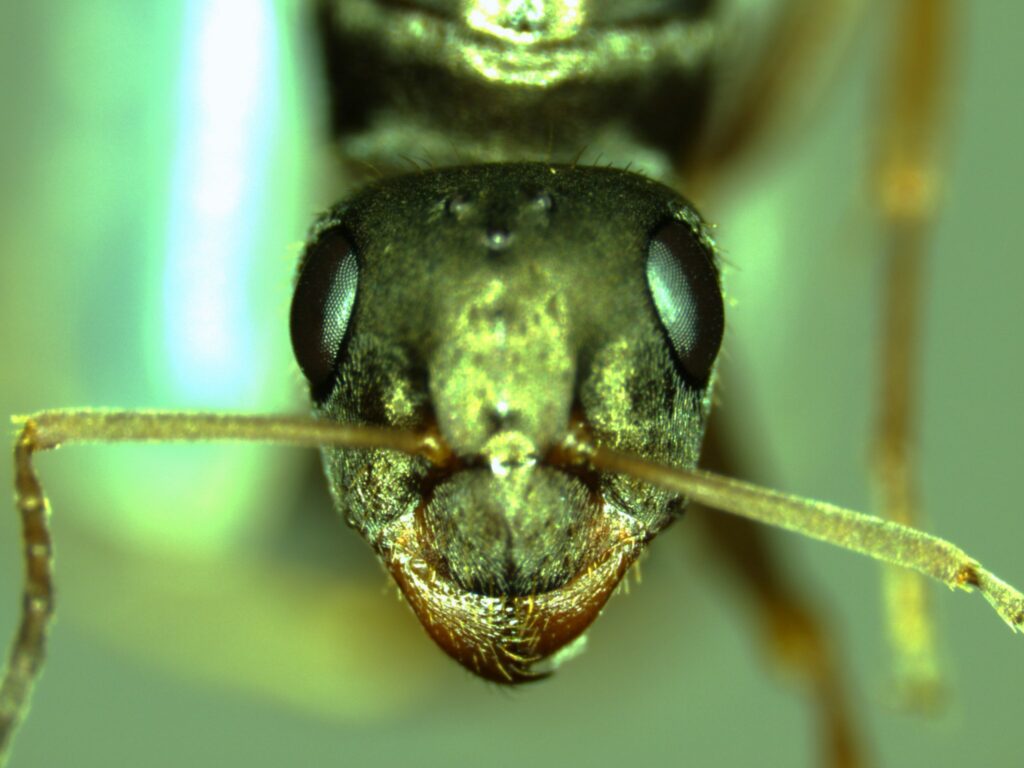
MNB: What is the take-home message of your work?
GS: One of the main questions evolutionary biologists ask about supergenes is, “How do these groups of genes form and expand?”. We do not yet have an answer, but many models based on sex chromosomes, the best-known supergenes, propose likely mechanisms. In this study, we suggest that autosomal supergenes could provide strong support for present models and increase our knowledge on the evolution of ant societies. We observed a strong genetic association between the supergene variant that reduces queen body size and the variant that regulates multi-queen (polygyne) colonies. Individuals carrying one variant are, therefore, carriers of the other variant (with very few exceptions). As a result, tiny queens are observed only in polygyne colonies We suggest that these two variants, localized on different chromosomes, were locked together because microgynes would be at a great disadvantage if they were solely responsible for the reproduction of the entire colony. Indeed, well-studied microgynes in other species do not have enough fat resources to establish new colonies on their own and lay fewer eggs than the larger macrogynes. In contrast, in polygyne colonies, the reduced fertility of microgynes is offset by the presence of multiple queens, with the advantage that tiny queens are less costly to produce for the colony. We define this advantageous scenario for microgynes within polygyne colonies, but not in monogyne ones, as “social antagonism”, drawing parallels to the concept of sexual antagonism suggested to be a driving force in the evolution of sex chromosomes.
MNB: What was your motivation for this study?
GS: During my undergraduate studies focusing on the Argentine ant, I found ants to be endlessly captivating. Their eusocial nature, where nestmates belong to two or more overlapping generations, care cooperatively for the brood and are divided into reproductive and nonreproductive castes, enables them to rank among the most successful organisms on Earth. Ants evolved some of the most mind-blowing adaptations in the world, and now, with the advent of “omics” technologies, we have an unprecedented opportunity to discover the genetic basis of many of these traits, and to find the key that led to sociality and consequently to their great ecological success. In our research, we frequently employ techniques such as ddRAD-seq, whole-genome resequencing, and PacBio sequencing to generate high-throughput data that enable us to explore genome architecture and genetic structure within ant colonies.
MNB: What was the biggest obstacle you had to overcome in this project?
GS: Gaining a comprehensive understanding of the supergenes in Formica cinerea required an extensive collection effort involving over 1400 samples of workers, queens, and males. Managing such large datasets is inherently complex. On top of that, we had restricted access to F. cinerea colonies as this is a European species. We had to carefully plan our expensive collection trips to Italy to maximize our sampling success. Bringing samples from Europe to the United States was also a challenge. Our last shipment of ants on dry ice arrived in Riverside after just 10 days, completely thawed and unusable!!
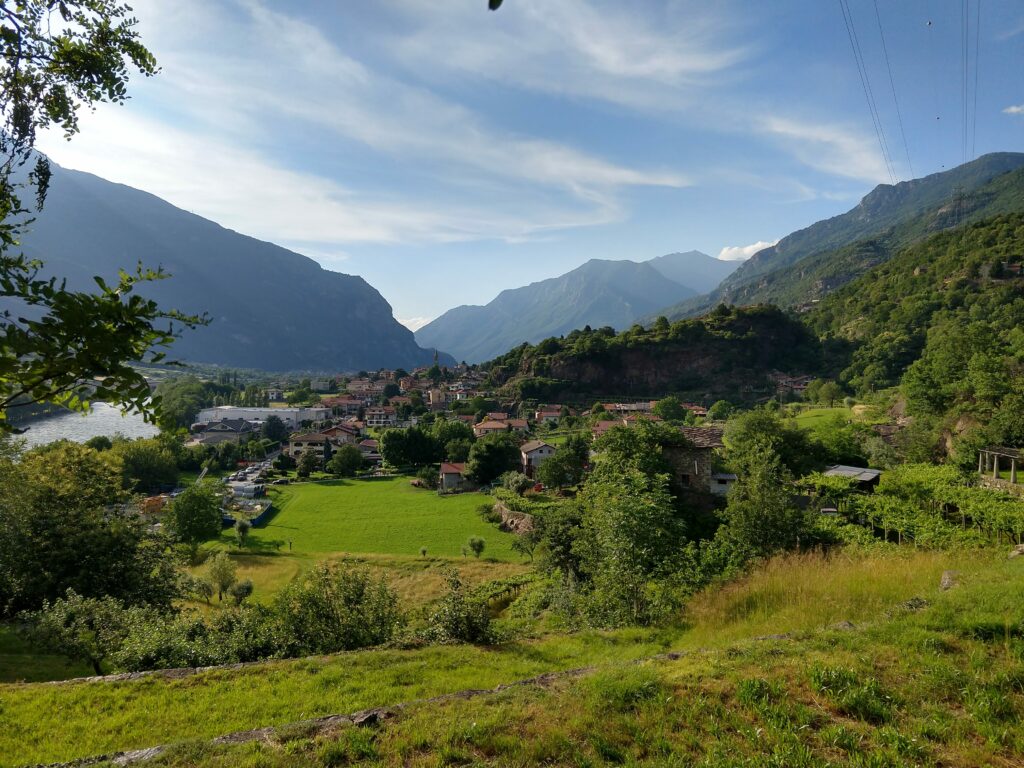
MNB: Do you have any tips for others who are interested in doing related research?
GS: Studying ants poses many challenges because of their eusocial nature, which involves multiple levels of behavioral and genetic complexity. Therefore, obtaining many samples is crucial to reaching solid conclusions. Start by examining a common species in easily accessible places near you. Once you have collected satisfactory information, extend your observations to other related species. It is essential not to assume that identical mechanisms apply to a whole genus. The more we deepen the study of Formica ants, the more surprising it is to find out how different the mechanisms of the supergene between species are.
MNB: Where do you see the future for this particular field of ant research?
GS: Among the most interesting adaptations of ants, there is social parasitism, where some ant species exploit other ants to establish their colonies and rear their brood. This complex and fascinating lifestyle has evolved independently several times across the ant phylogenetic tree. But how did it evolve? It has been pointed out in the past how similar the colony foundation strategies of free-living polygynous queens and parasitic queens are. Both queens enter existing colonies. Therefore, the colony queen number and colony foundation strategies seem to be key aspects in understanding the evolution of social parasitism. In some ant groups, these traits are controlled by supergenes. Thus, we have an opportunity to answer a fundamental evolutionary question: did the supergene drive the evolution of social parasitism??



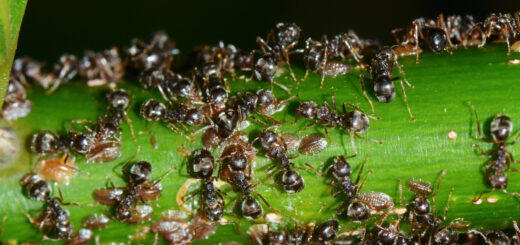
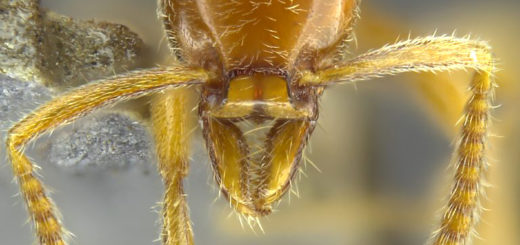
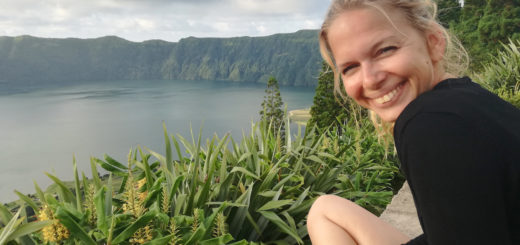
Recent Comments